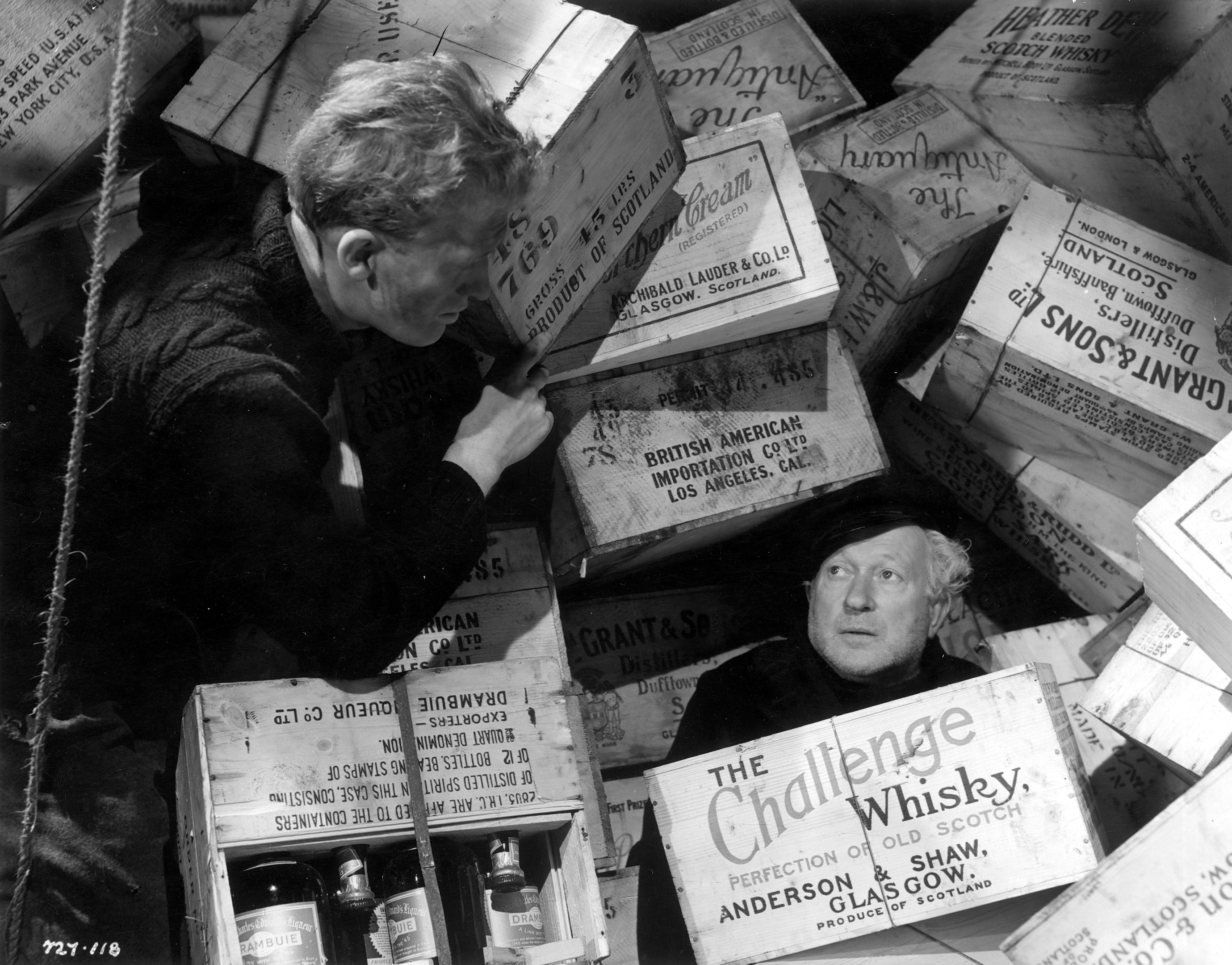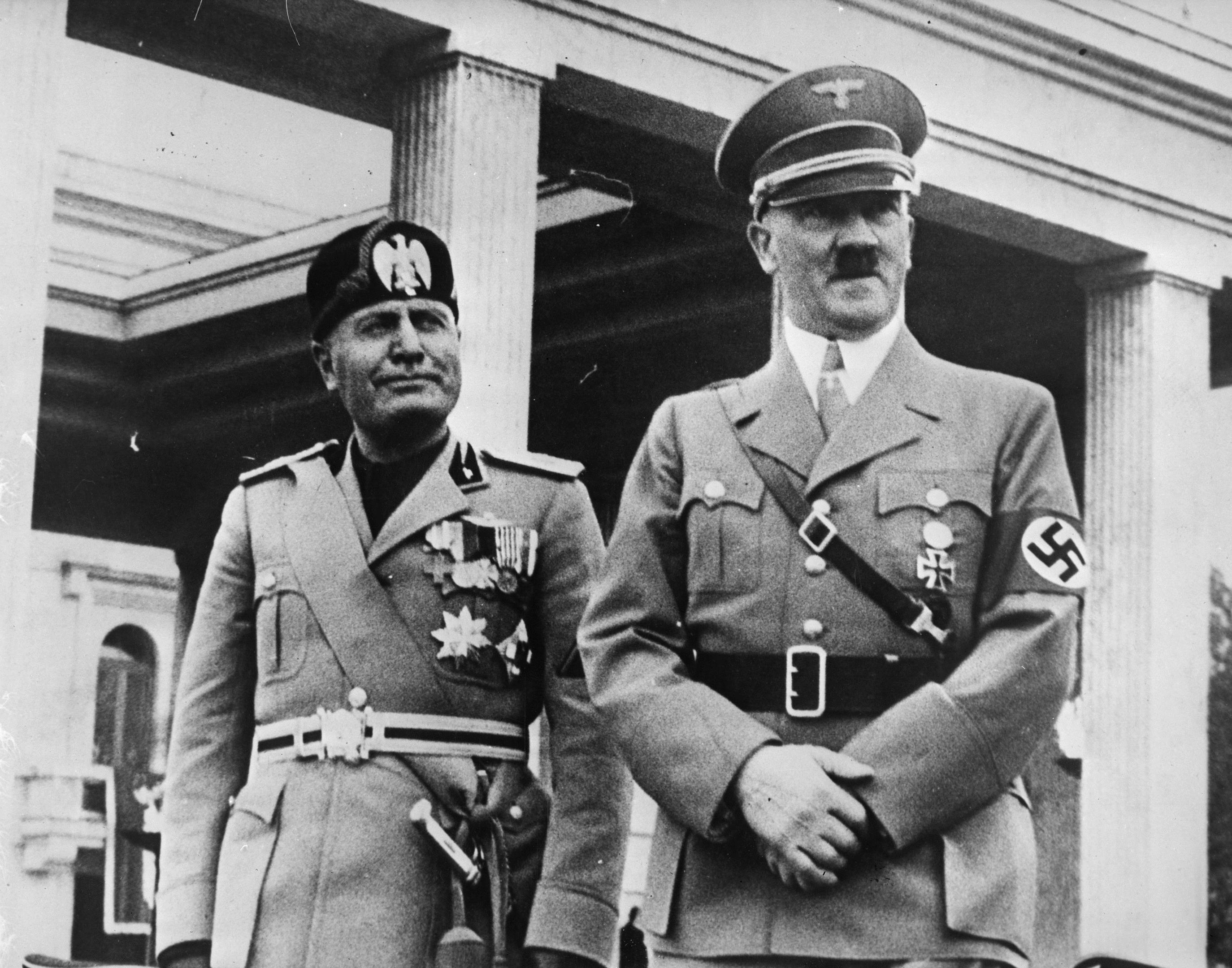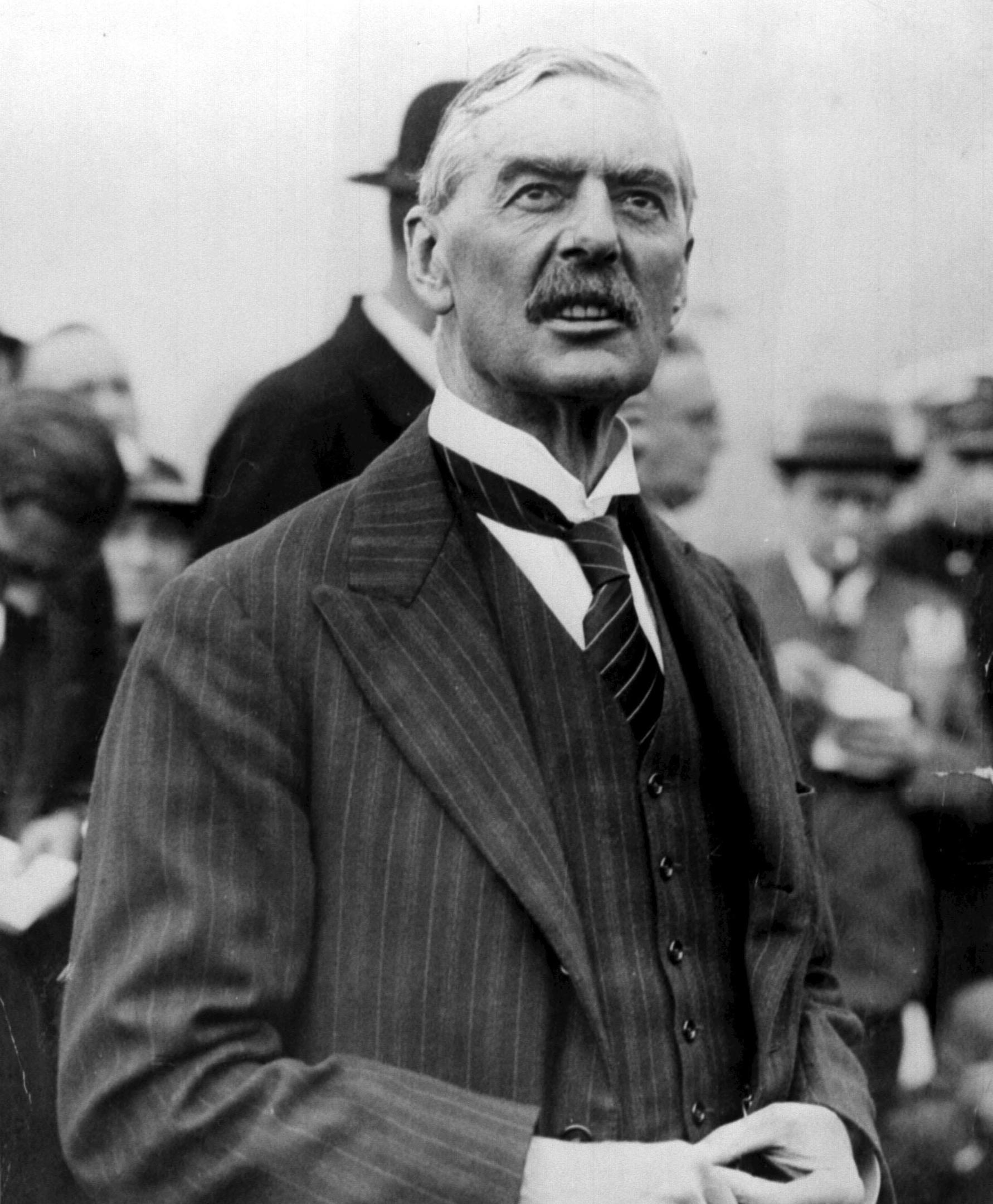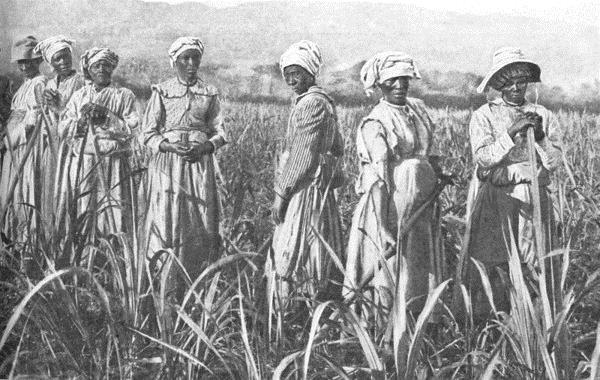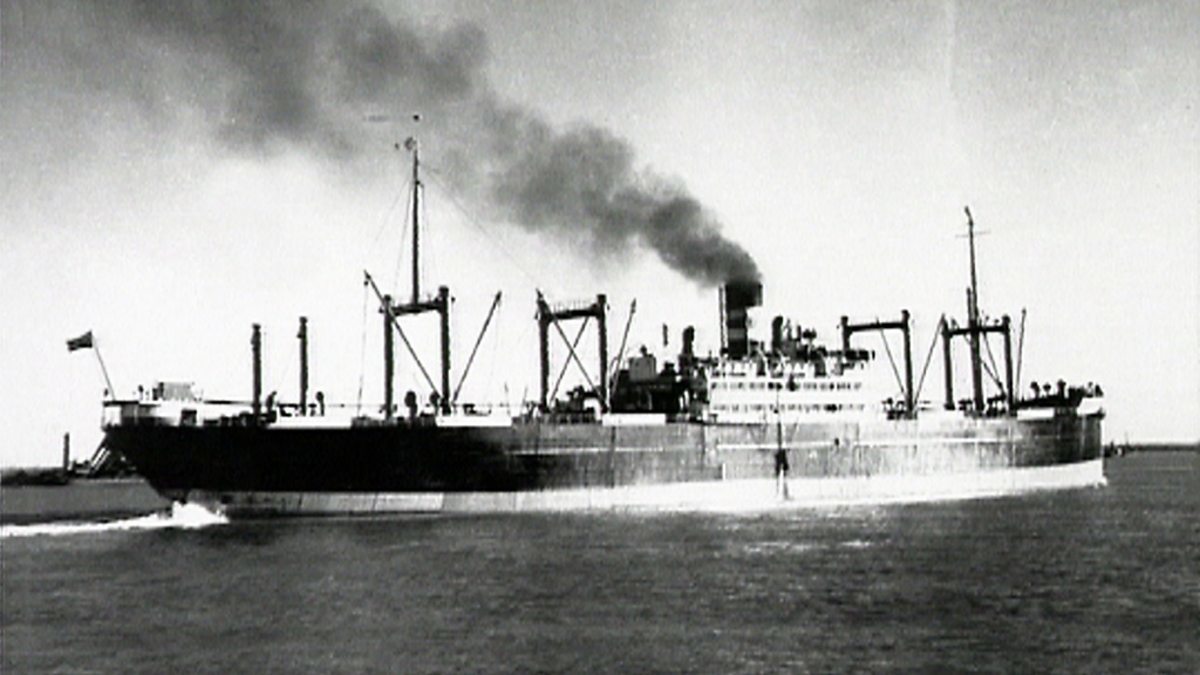
THE story of the SS Politician running aground off the coast of Eriskay in 1941 is one of the most famous true-life tales in Scottish history.
Locals salvaged thousands of bottles of whisky from the stricken vessel’s hold, starting a party the like of which the island had never seen before – and a cat-and-mouse game with customs officials desperate to recover the shipment.
The events were immortalised in classic Ealing comedy Whisky Galore! in 1949.
But the hold of the SS Politician carried a more precious cargo than crates filled with spirits – also on-board was a dark wartime secret.
Top-secret Cabinet files have been uncovered revealing the truth behind a mysterious shipment of 290,000 10-shilling notes destined for the then-colony of Jamaica.
The purpose of the cash has remained a closely-guarded secret – until now.
In fact, it was aimed at covering up a shameful legacy of starvation and oppression in the colonies following decades of misrule.
A 1940 report revealing the shocking conditions British subjects were living under would have humiliated Britain on the world stage – and handed a propaganda coup to the Nazis.
The Prime Minister, Neville Chamberlain, feared the news would cause Britain’s allies to desert them, so covered up the report.
In desperation, a payment of £145,000 – the equivalent of £5 million today – was sent to the West Indies to tackle the appalling conditions.
It was money Britain, in the middle of the Blitz and bracing itself for a possible invasion from Nazi Germany, could barely afford.
The story behind the mysterious cargo was uncovered by historian Gerry Burke, who has spent 30 years unravelling the truth of the SS Politician.
With a classified copy of the ship’s manifest, and top-secret Customs & Excise files for background, he spent countless hours sifting Cabinet papers and records from the Hebrides, Whitehall and the Caribbean.
“I was curious to find out if the Government was finally going to come clean with the full story of Whisky Galore! after 75 years of mystery and denial,” said Gerry.
“Now we know why they didn’t. They may not have made an official announcement but the recently released Cabinet documents tell all – if you piece the scraps of information together.
“Sure, there was a bonanza for many on the islands and on the mainland where much of the whisky ended up.
“But it left a huge number of associated problems in its wake.”
The Moyne Report revealed the horrible conditions suffered by the people of the then British Caribbean – where starvation and oppression was the norm.
It was so shocking, it was only released in 1945 at the end of the Second World War.
The British territories suffered from high infant mortality and were awash with diseases such as hookworm, scurvy, rickets, dysentery, malaria, tuberculosis and leprosy.
Much of the population had been left to starve and the plantation workers were working under appalling conditions.
It had prompted strikes and violent uprisings in the region – and the worry was the peasant population would further revolt and undermine the war effort.
Not only did Prime Minister Neville Chamberlain fear he would lose out on valuable resources to help with the war effort, but that America would be appalled at how Britain treated its subjects.
In a document marked “To be kept under lock and key”, Chamberlain told the Cabinet in early 1940: “It would inflict serious damage on our war effort to publish such a Report at a time when the German Ministry of Propaganda was ready to take advantage of any material made available for it.
“In neutral countries, publication of the report might well have the effect to leading to a general revision of opinion among those who had hitherto thought of Great Britain as a leading Colonial Power that paid due regard to its responsibilities as trustee for the welfare of the natives.
“Opinion in the United States is, at the present time, very much on the look-out for items of information that are damaging to the British case and publication of the Report would have a very bad effect in that country.”
Cabinet records show the Government wanted to keep the emergency payment under wraps in order to avoid accusations of bribery.
The Colonial Secretary of the West Indies told the War Cabinet: “Something in the nature of a short-term policy is obviously needed.
“We have reached agreement with the Treasury on a short-term plan by which a sum of £350,000 would be made immediately available for relief in the West Indies.
“If it found a place in the White Paper might have the appearance of a panic measure or a bribe.”
And just like the bottles of whisky which were never recovered from its stricken hold, much of the cash bound for the West Indies on board the SS Politician has simply never been seen again.
READ MORE
Forgotten History: How the Nazis created a breed of supercow and other bizarre facts
Isle of Eriskay remembers looting of ship that inspired Whisky Galore 75 years on

Enjoy the convenience of having The Sunday Post delivered as a digital ePaper straight to your smartphone, tablet or computer.
Subscribe for only £5.49 a month and enjoy all the benefits of the printed paper as a digital replica.
Subscribe